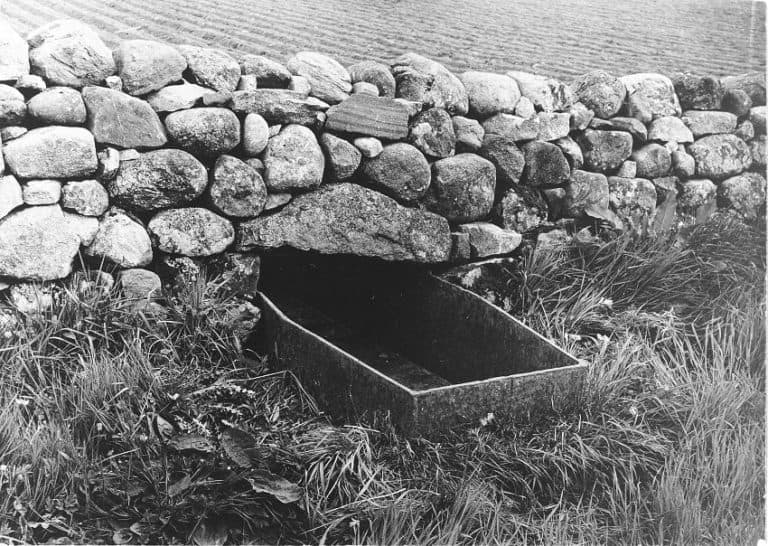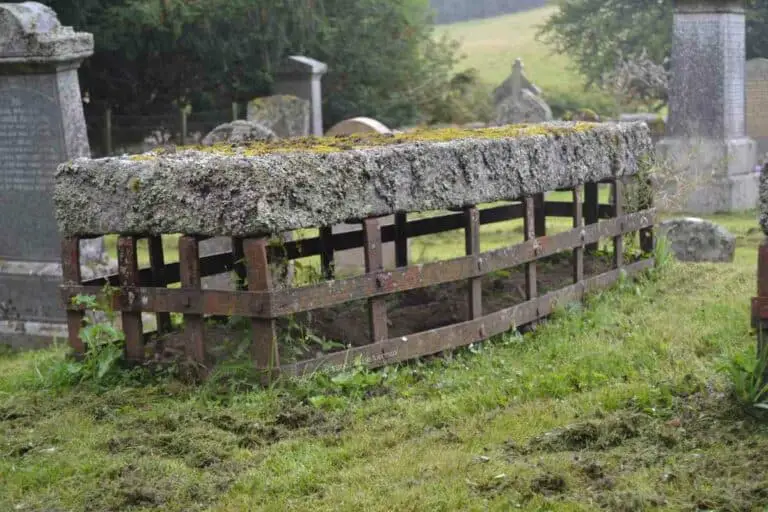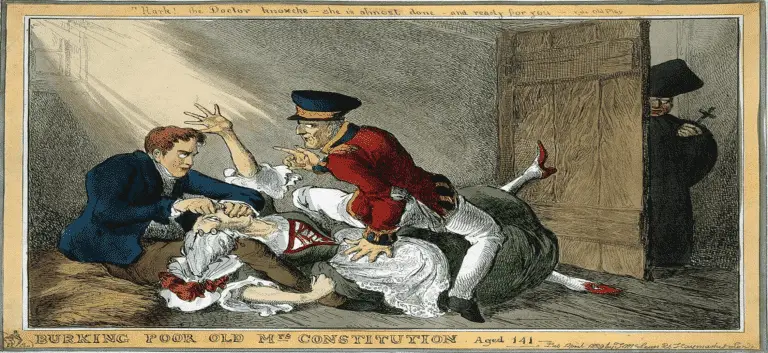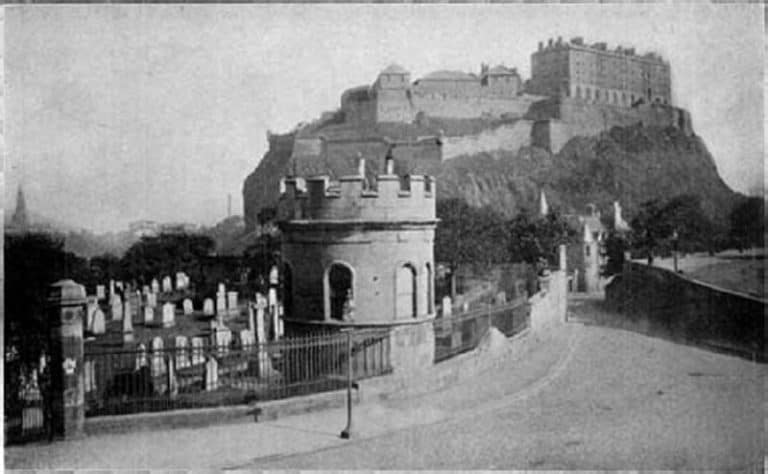Inside England’s Tower of London: Executions, Torture & Ghosts
So you’re thinking of heading to the Tower of London?
If the Crown Jewels aren’t quite your thing, let me suggest a more macabre angle.
People visit the Tower of London for all sorts of reasons — mine (and maybe yours too) is for the botched executions, the prisoners, and for the stories of torture.
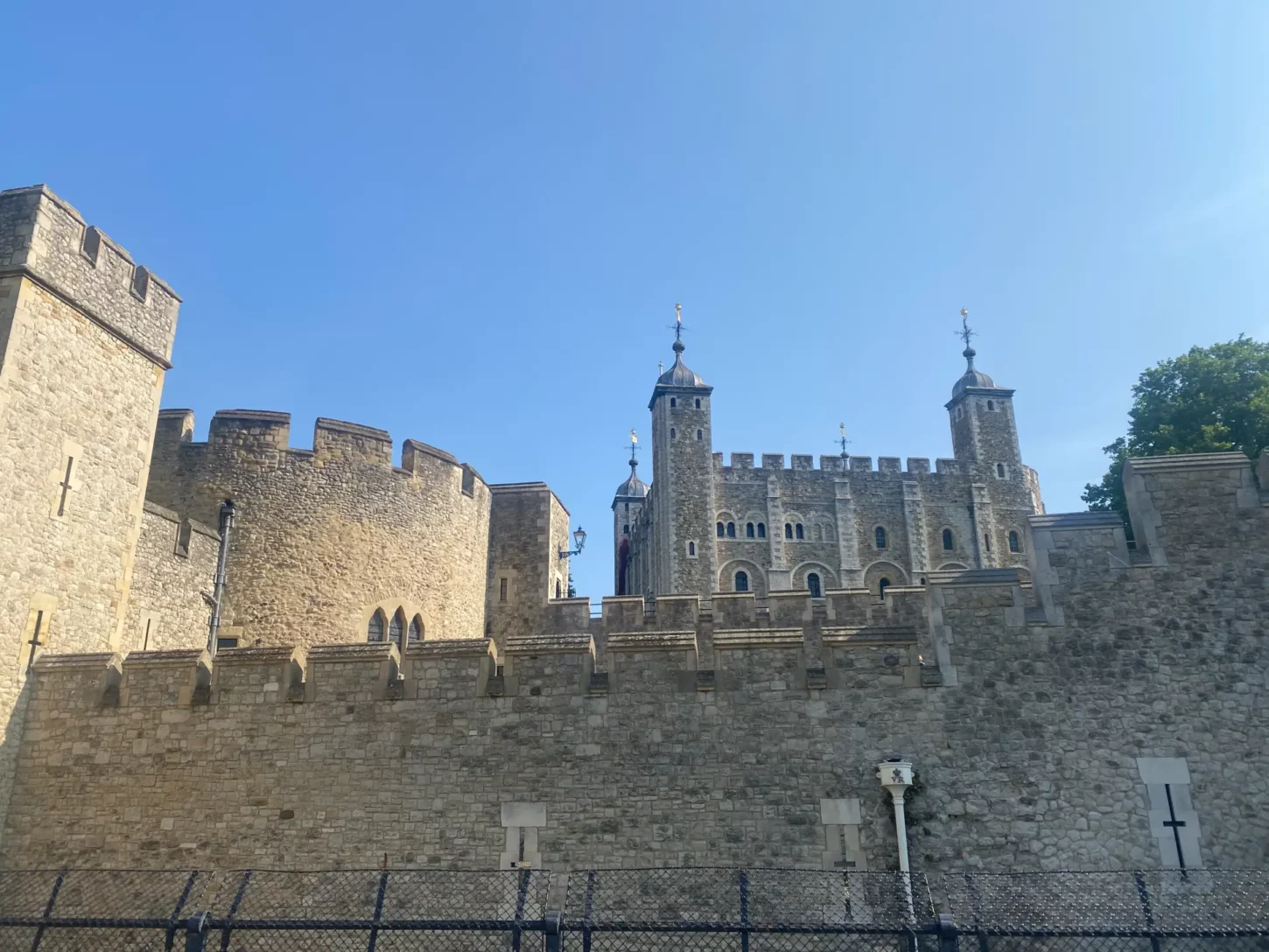
Consider this your alternative guide to the darker side of the Tower of London, and a guide to the things I enjoyed seeing most during my last visit.
If this sort of dark history interests you, then my newsletter might too. I share historical finds like this — plus historical true crime you won’t see in the history books. You can sign up here.
Table of Contents
Beheadings at The Tower of London – Welcome To Tower Green
For all its notoriety, did you know there were only ten people ever to be executed inside theTower of London?
That’s inside the Tower. The majority of executions were carried out outside the Tower, at a place called Tower Hill.
An estimated 125 met their fate there, and you can visit the memorial site separately – no Tower ticket required.
The two execution sites provided very different experiences for those about to die.
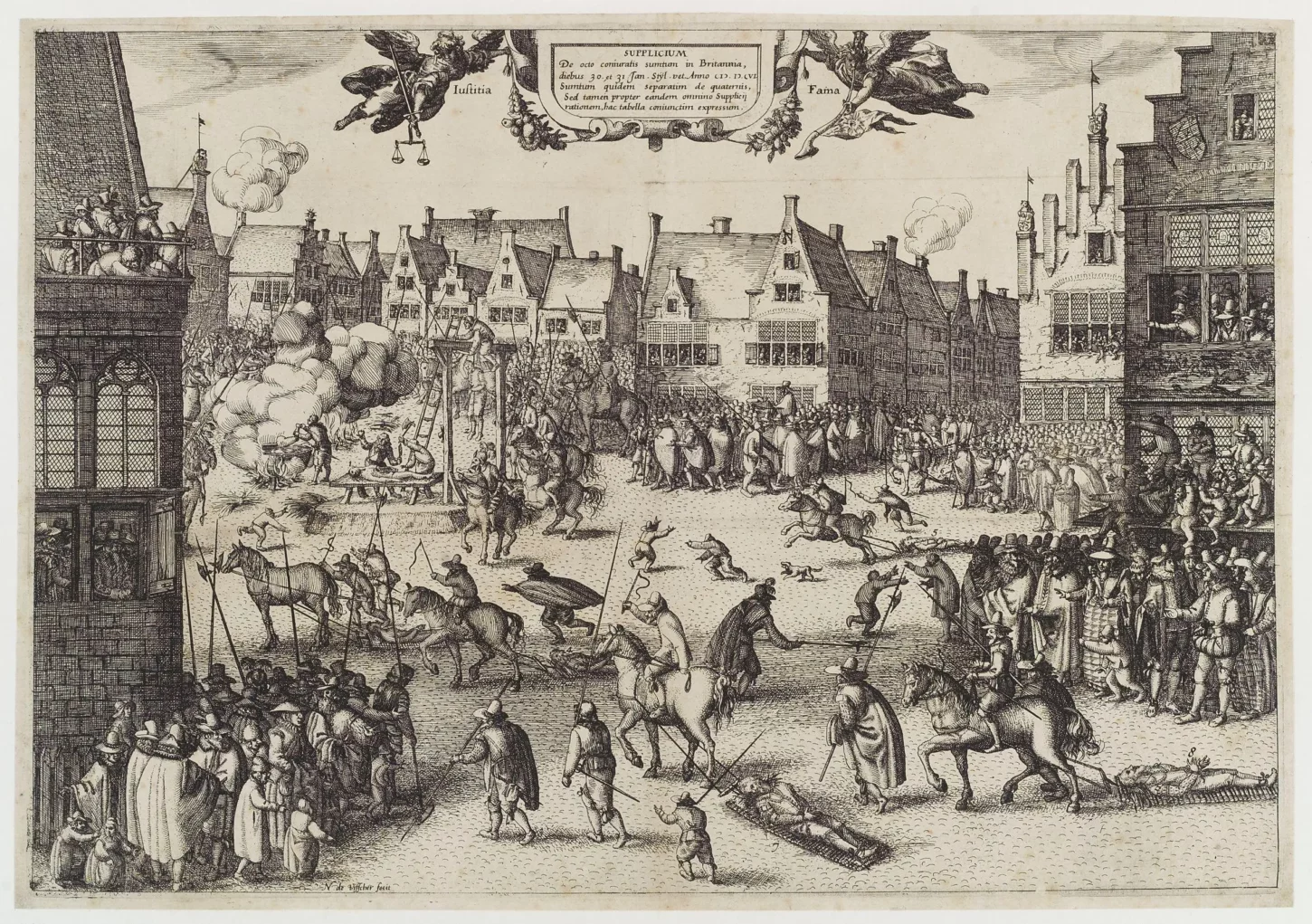
Outside, crowds — often tens of thousands strong — jeered and shouted for justice. Inside, things were more restrained.
Execution within the Tower was a privilege — reserved for political prisoners or those high enough to cause trouble if executed in public.
Within the Tower, the main execution site was Tower Green – recognisable today by the crowds crammed into the small fenced area near the Beauchamp Tower, and, of course, the beautiful glass pillow memorial.

But I’m in danger of going down a rabbit hole on the wider history of the Tower, when you’ve come for the beheadings — botched or otherwise — so let’s turn our attention to the axe, shall we?
The most famous of all Tower beheadings was the execution of Anne Boleyn in 1536 (more on her later in the ghost section).
But she wasn’t the only one — nine others met their end here, and I’m going to focus on just a few.
The Execution of Anne Boleyn.
Anne is perhaps best known as Henry VIII’s second wife — and the first to be beheaded to make room for someone new.

Arrested in 1536 on charges of adultery, Anne was brought to the Tower via the same route all prisoners took — along the Thames and under Traitor’s Gate.
Infamously declaring that she ‘had a little neck’, Anne went to the scaffold on 19 May 1536.
In a final act of kindness from her former love, an expert swordsman was brought over from France to take her head off in one swift stroke.
By the time Henry had finished sending his most loyal servants — More and Cromwell — to the block, he’d also ordered the axe for Catherine Howard, his notoriously promiscuous fifth wife, who many believe died at just 21.
But Anne and Catherine were lucky. Their heads were removed cleanly.
Others weren’t so fortunate.
Botched Executions at The Tower Of London
Gruesome as it sounds, there’s something about botched executions that pulls people in.
Their stories root us to the spot — a mix of disbelief and fascination — as we discover just how badly things could go.
So let me introduce you to a few of the souls who were executed on or near this site — that’s Tower Green — and whose heads took more than one stroke of the axe to remove.
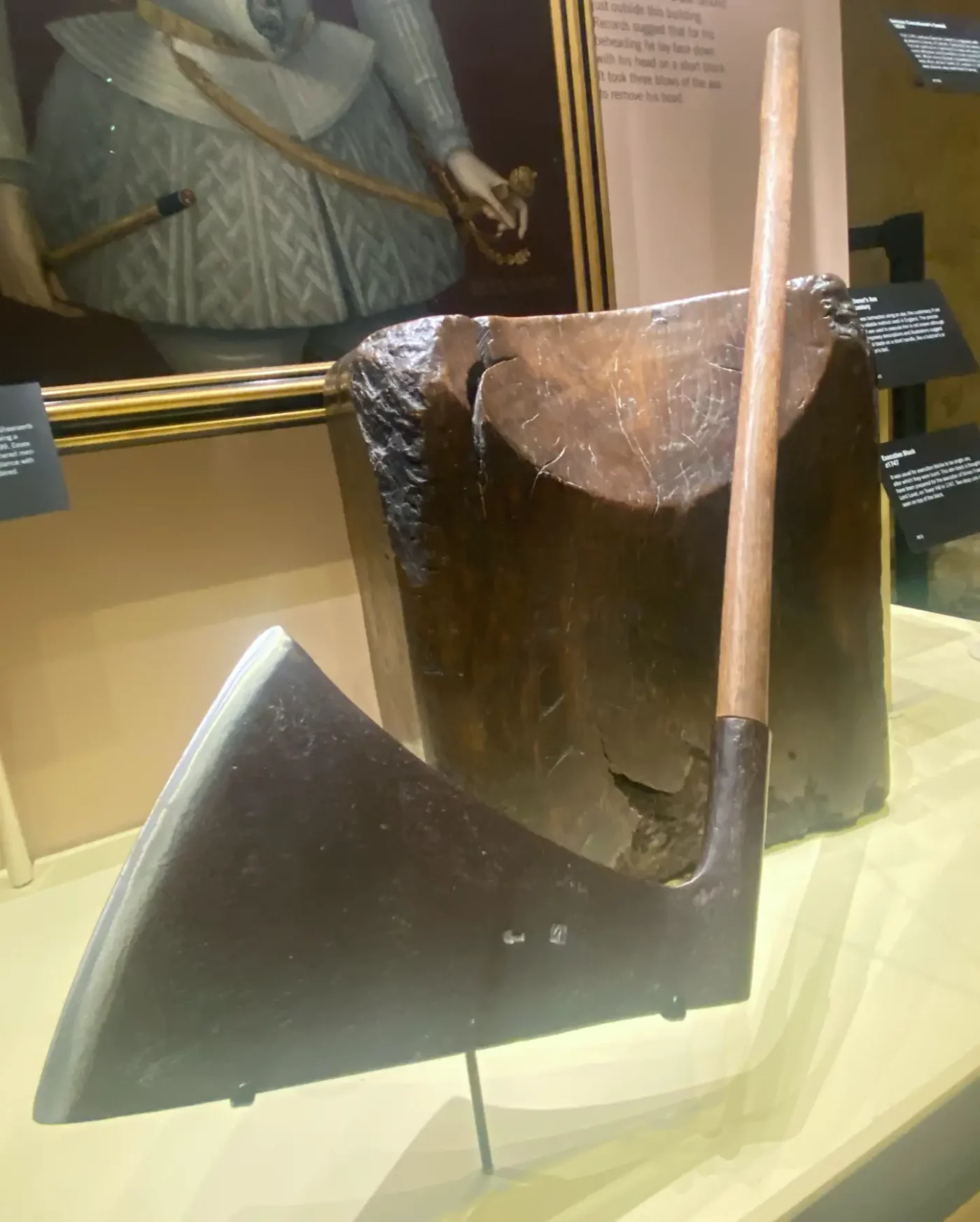
Margaret Pole
Executed at the age of 67, Margaret Pole’s only real crime was being the mother of Cardinal Pole — a man who opposed Henry VIII’s claim as Supreme Head of the Church of England.
The idea of being beheaded is terrifying enough, but in Margaret’s case, the horror was only just beginning.
With only an hour’s notice before her death, the executioner assigned to carry out the sentence was reportedly inexperienced, and instead of delivering a swift blow, he butchered and hacked at her shoulders and neck.
It took an astonishing ten blows of the axe until Margaret’s head was finally severed from her body.
Thomas Cromwell
Despite what many people say, Thomas Cromwell was not executed inside the Tower of London on Tower Green — which is the focus here today.
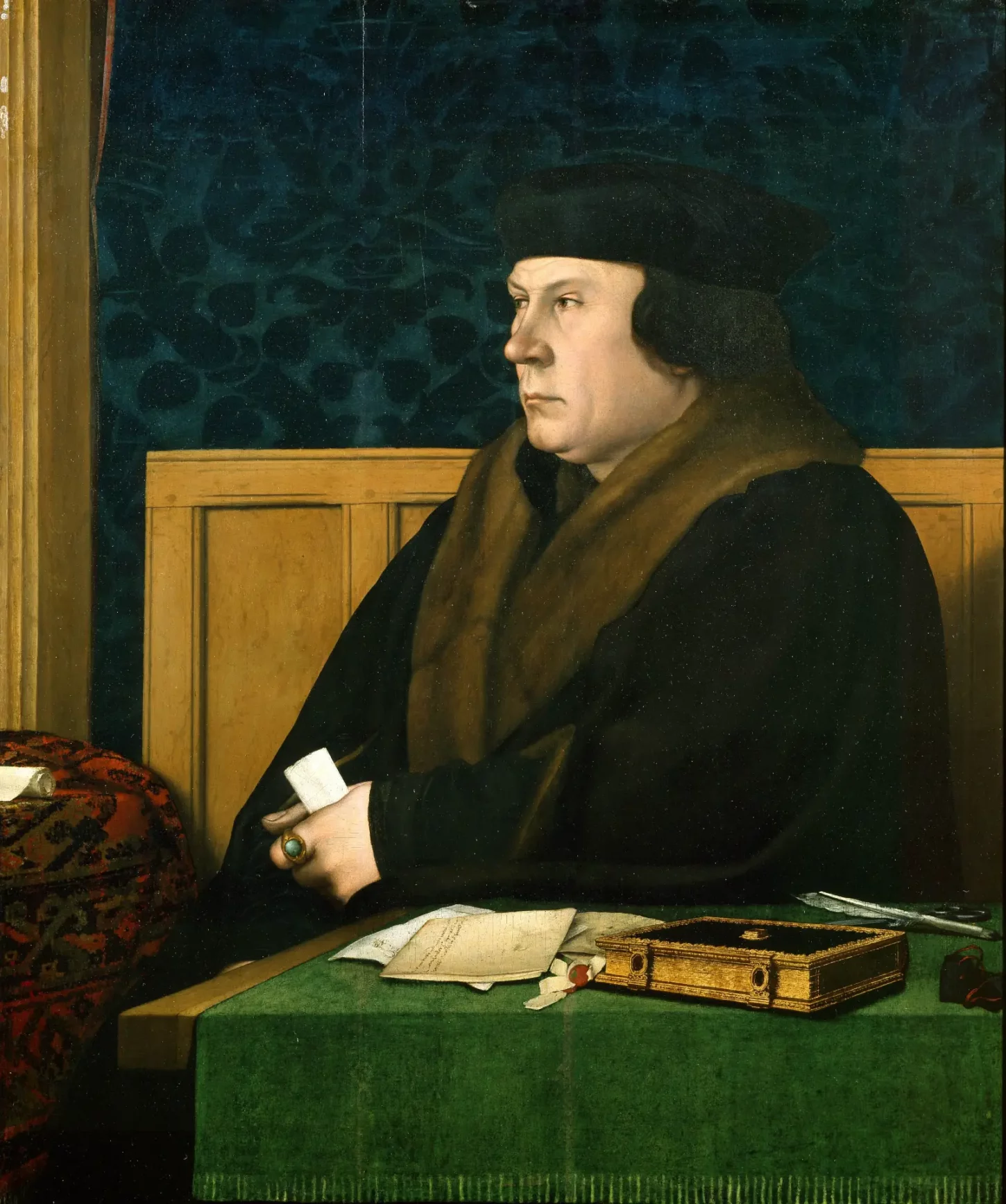
According to Historic Royal Palaces, Cromwell met his end on Tower Hill, the public execution site just outside the Tower walls.
Though imprisoned in the Tower on charges of heresy and treason, Cromwell was taken to Tower Hill on 28 July 1540, where his death was anything but smooth.
It took three blows of the axe to sever his head, which was then placed on a spike and displayed on London Bridge as a warning to traitors.
Cromwell is buried in the same church as Anne Boleyn and Thomas More – St Peter ad Vincula, within the Tower grounds.
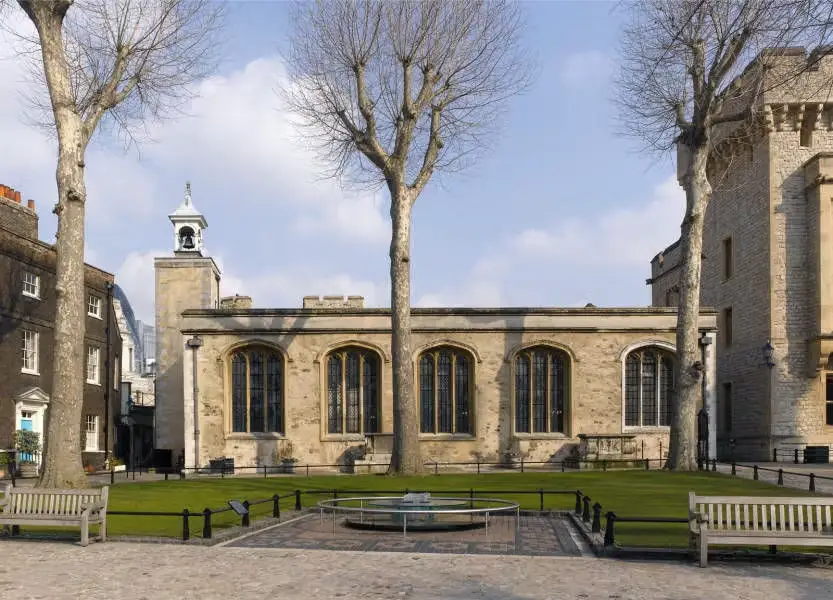
It’s surprisingly common to see Tower Hill and Tower Green mixed up — even on some walking tours. Tower Hill was the public execution site, just outside the Tower walls, where crowds gathered to watch traitors meet their end.
Tower Green, inside the walls, was reserved for private executions of high-status prisoners. Cromwell’s execution, like that of Thomas More and many others, took place outside, not within.
Torture at The Tower of London
Forty-eight prisoners are known to have been tortured at the Tower of London, using a range of devices — from the infamous rack to the equally feared Scavenger’s Daughter.
Some of those who endured torture left behind physical reminders of their imprisonment — graffiti carved into the upper chambers of the Beauchamp Tower, still visible today.
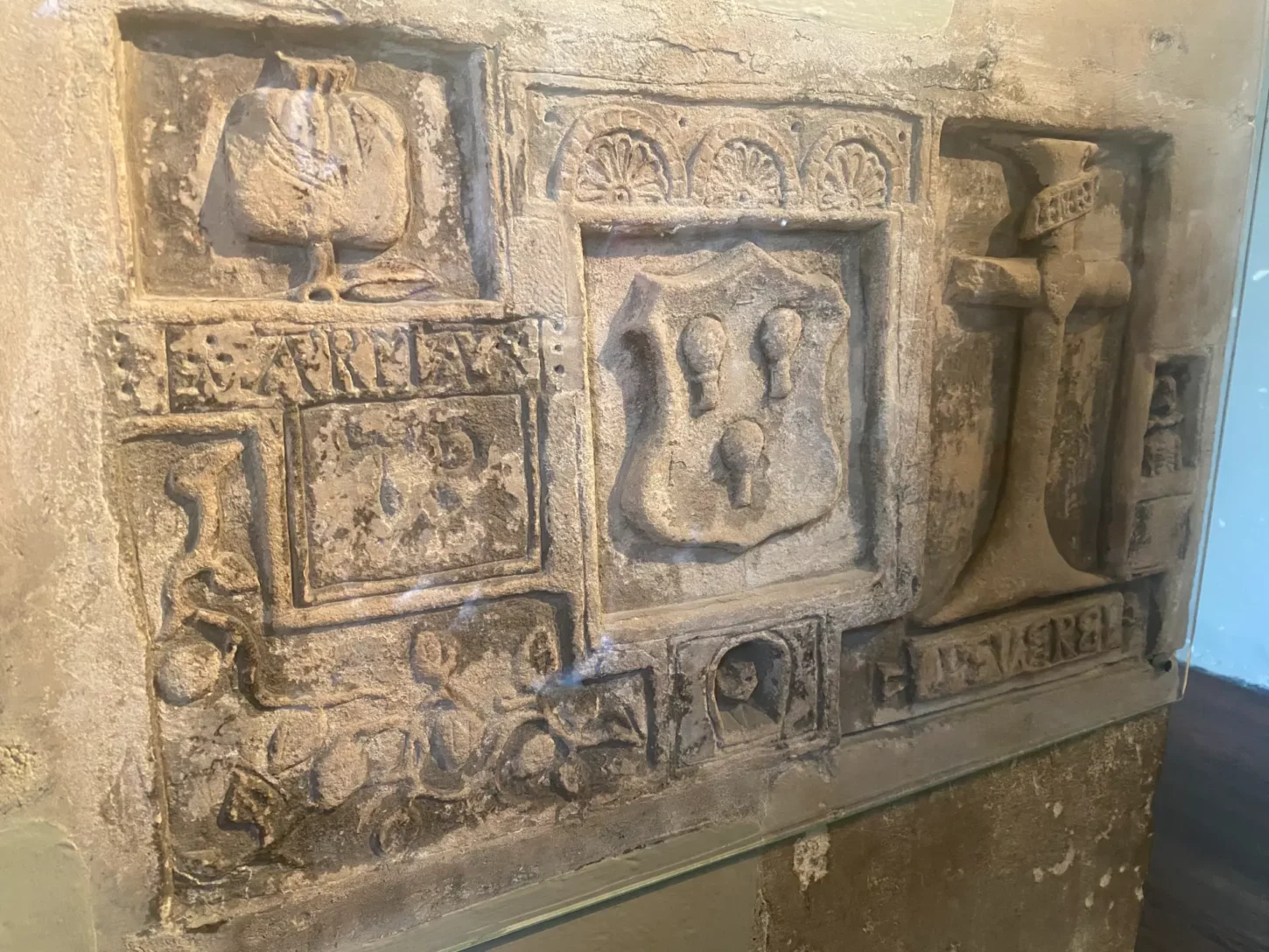
But what exactly did these notorious devices do to the human body? And who were the people forced to endure them?
Let’s start with the rack — one of the most feared torture methods in Tudor England.
The Rack
Stretching, pulling, popping — and yes, dislocating. All things that come to mind when we think of one of the most notorious torture devices used in England: the rack.
Head to the Lower Wakefield Tower, and you’ll see a replica on display.
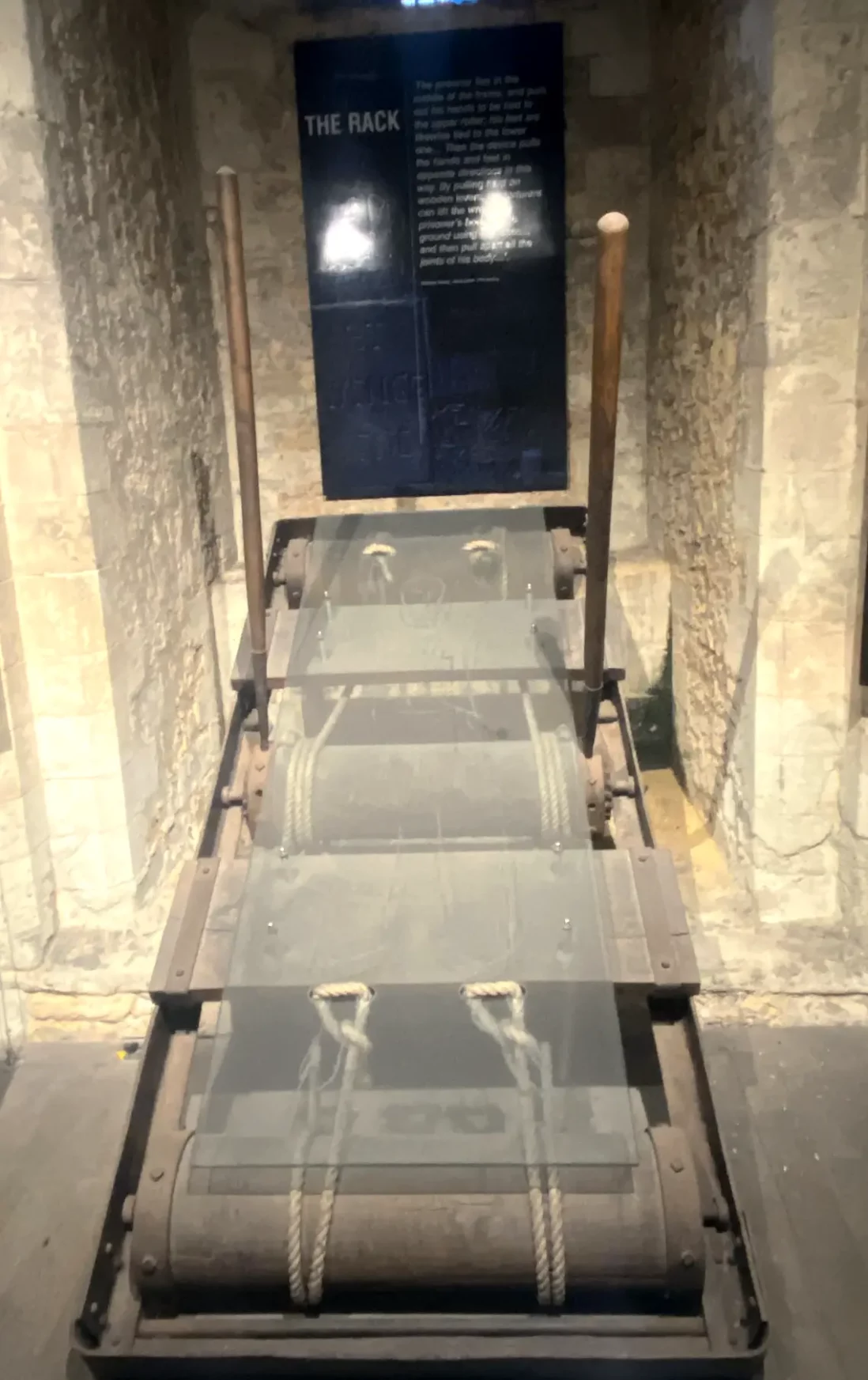
It was here that prison guards worked to break the will of those held inside — and over the years, there were plenty.
But who’s the most famous?
Let’s start with Guy Fawkes.
Guy Fawkes
Caught red-handed on 5 November 1605, trying to blow up Parliament in an assassination attempt on King James I, Guy Fawkes was the only one of his co-conspirators with any real knowledge of gunpowder.
With that knowledge, Fawkes was elected — willing or not — to light the fuse on the barrels stored beneath the House of Lords.
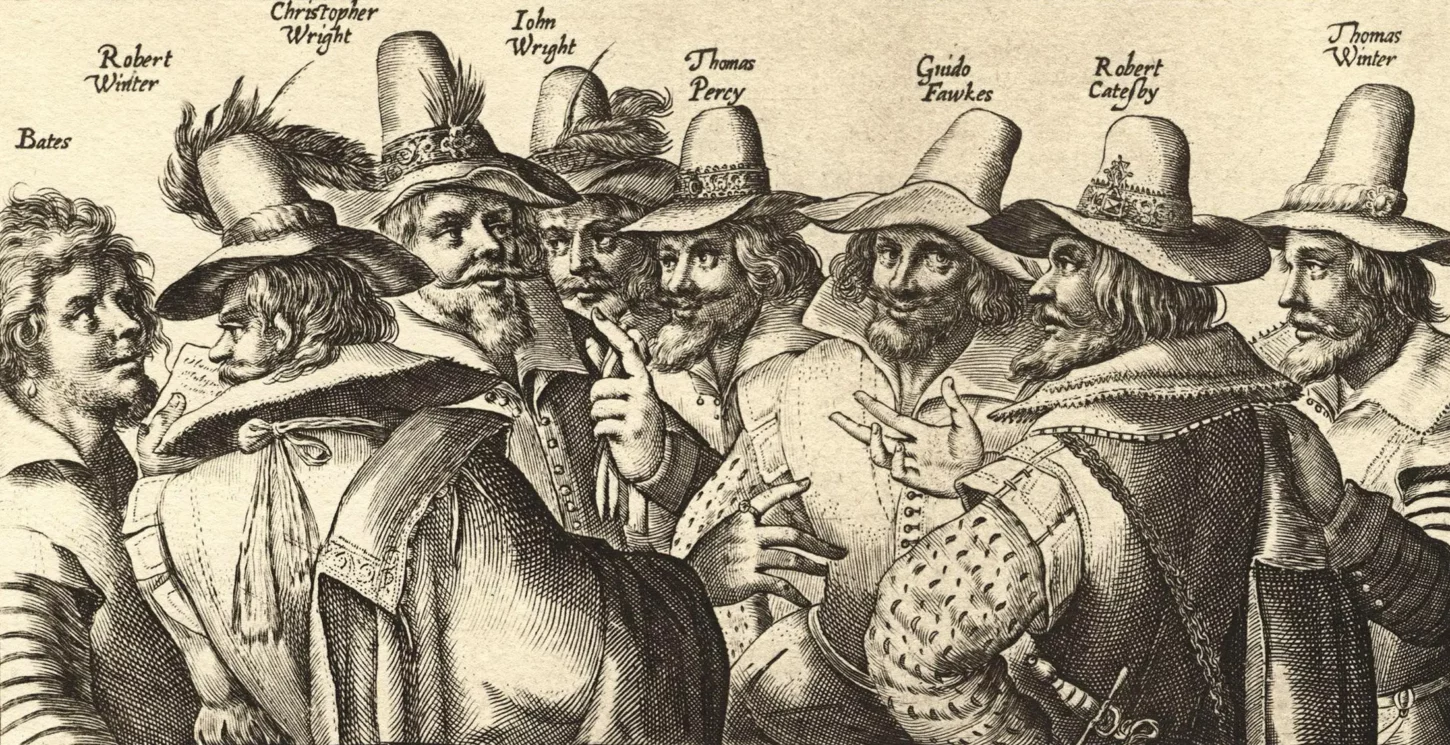
Before Fawkes could be put on the rack, James I — the very man Fawkes and his co-conspirators were trying to assassinate — had to give permission for the torture to go ahead.
And it was probably with no small satisfaction that he signed the order, allowing Fawkes to undergo one of the most feared torture methods of the 17th century.
If he will not in otherwise confesse, the gentler tortures are first to be used upon him, and then step by step you may employ the harsher, and so speede your goode work
But despite being tortured — a punishment Fawkes endured for several days — he wasn’t sentenced to be beheaded.
Instead, Guy Fawkes, along with his fellow conspirators, was sentenced to be hanged, drawn and quartered — an utterly barbaric execution reserved for men and for the most severe of crimes: High treason.

Fawkes was taken, quite literally a broken man, to the scaffold at St Paul’s Churchyard. He defied the crowd and, having shakily climbed the ladder, threw himself from the highest step — snapping his neck outright.
His body was then taken down, hacked into quarters, and his limbs displayed throughout London as a warning to others.
Scavenger’s Daughter
Described as the “perfect complement to the rack” by Wikipedia (yes, I know — forgive me), the delightfully named Scavenger’s Daughter was another principal torture device used in England.
Where the rack stretched prisoners until their joints dislocated, the Scavenger’s Daughter did the opposite — crushing the body into a tighter and tighter position.
Two versions of the device survive at the Tower: the more common A-frame, and a rarer design built around a flat iron plate.
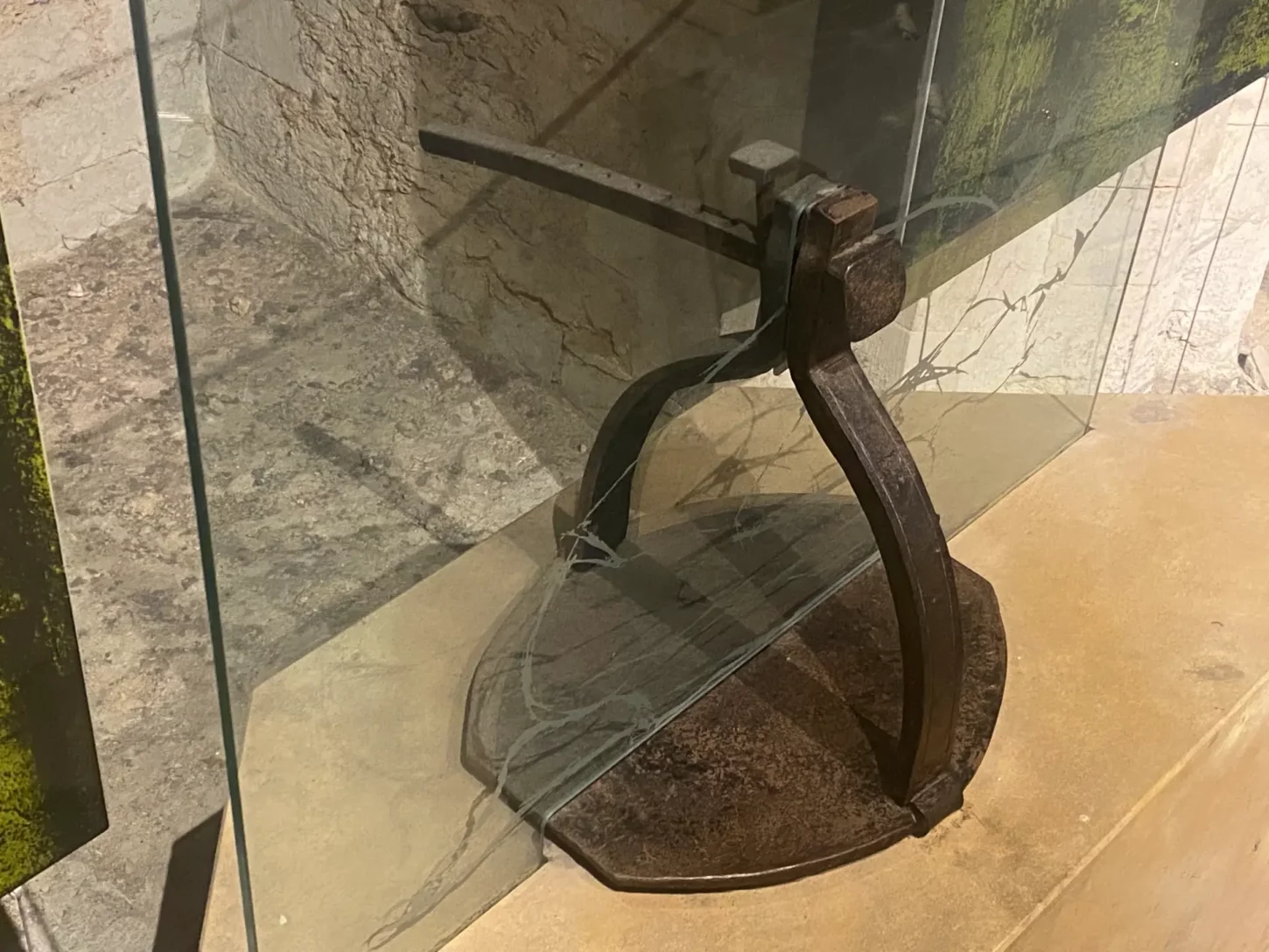
The flat-plate version — a replica of which sits in the Lower Wakefield Tower — looks oddly like a large griddle pan.
The prisoner was forced into a kneeling position, then clamped down by overhead bars. The pressure was so intense it could force blood into the lungs.
The A-frame version, now displayed in the White Tower, is the one most people imagine. The loops for the wrists, ankles and neck look barely large enough for a child, let alone a prisoner.
Invented under Henry VIII by Sir Leonard Skevington, the device was also known as Skevington’s gyves — “gyves” being an old word for shackles.
A hinge between the neck and wrist loops allowed the frame to fold forward, forcing the head toward the knees and locking the body into an upright sitting position.
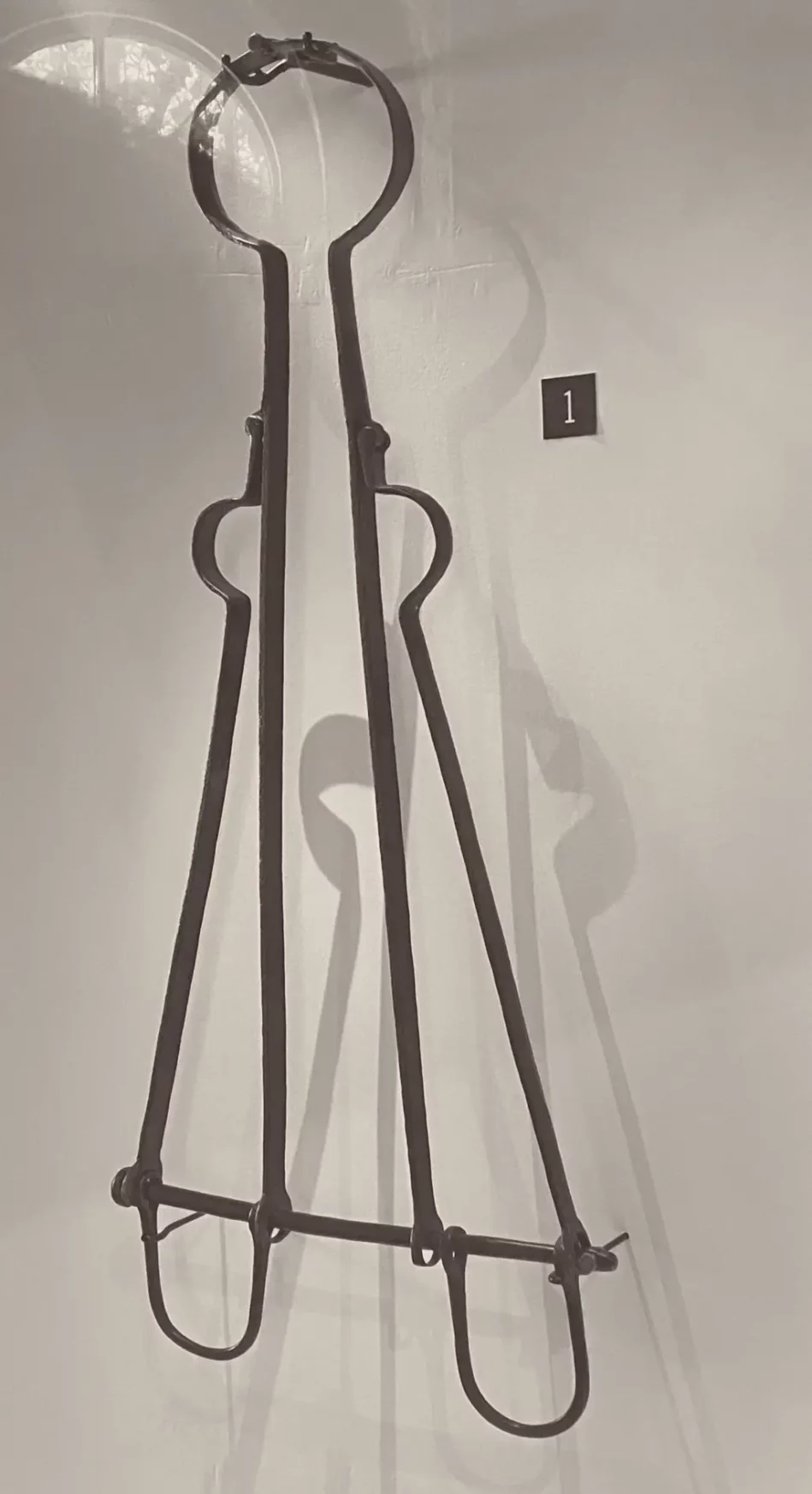
Thomas Cottam, an English Catholic priest, endured the Scavenger’s Daughter twice before being released — only to be executed later under Elizabeth I.
Around the same time, Thomas Miagh, an Irishman whose graffiti still marks the walls of the Beauchamp Tower, also endured the device after being found in contact with rebels in Ireland.
Tower of London Ghosts
Let’s be honest — with a history stretching back to William the Conqueror, there were always going to be a few ghosts at the Tower of London.
Often named as one of the most haunted places in Britain, where everything seems to go bump when your’re at The Tower of London.
And while I wouldn’t go so far as to suggest there’s a strict pecking order, it’s fair to say some hauntings are more famous than others.
There’s also the inevitable White Lady (more on her in a bit).
Top of the list — without question — is Anne Boleyn.
Anne Boleyn’s Ghost
Once you’ve stood at the edge of Tower Green, taken in the glass pillow (or cushion, depending on how poetic you’re feeling), and read the names etched around its frosted rim — take a moment.
You’re standing on one of the most reported sites for Anne Boleyn’s ghost.

This is Tower Green — an execution site reserved for high-ranking prisoners or those whose deaths might have caused unrest.
Despite its fame (and enduring popularity with true crime fans), only ten people were ever executed here. Anne Boleyn was one of them.
Reports place her ghost not only at Tower Green, but also inside the Chapel of St Peter ad Vincula — the parish church within the Tower of London — where she’s said to appear at the foot of a silent procession, holding her head in her hands.
One of the most well-known sightings came in 1864, when a soldier on duty near the lieutenant’s lodgings confronted an unknown figure -presumably with “Halt! Who goes there?”.
Getting no response, he drove his bayonet through her — only for the figure to vanish completely.
Margaret Pole
Nothing about this next haunting surprises me — especially after the butchered way in which Margaret Pole was executed.
Her ghost is usually seen at Tower Green, where she’s heard screaming for her life, running from a ghostly axeman.
The White Lady
And that White Lady I mentioned?
Like many “White Lady” ghosts, her identity remains a mystery. Was she a prisoner at the Tower, or a later invention for the tourists?
Whoever she was — or is — she’s said to wave enthusiastically at children before vanishing in a cloud of overpowering perfume.
The Tower of London Ravens
No macabre post on the Tower would be complete – however brief the mention – without including the Tower of London ravens.
Eight birds, velvet-black in colour, can still be found at the Tower, keeping the old legend alive: if the ravens ever leave, the kingdom will fall.
So far, thankfully, that hasn’t happened.
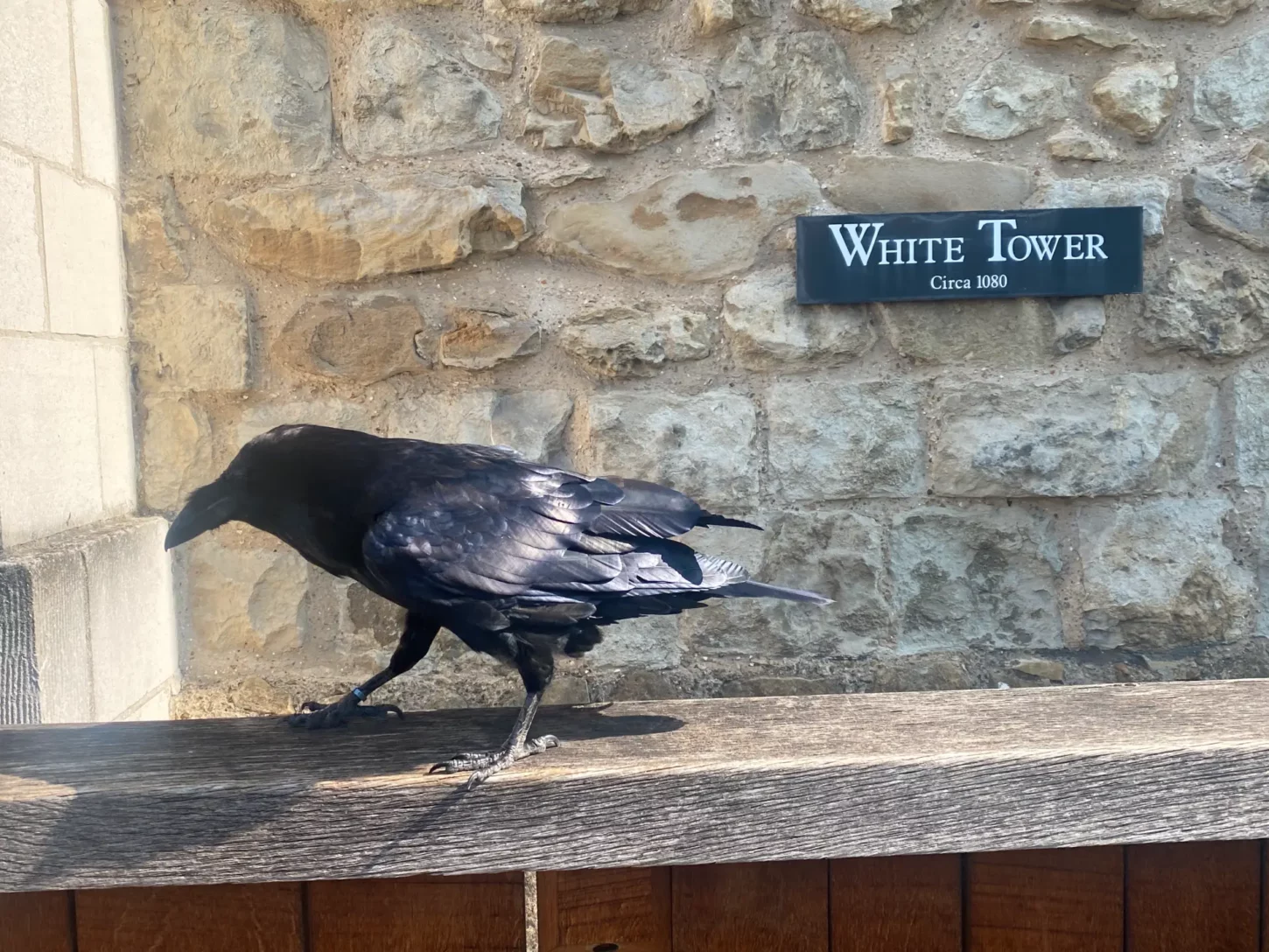
The names of the current ravens in residence, as mentioned on the Tower of London website are: Harris, Jubilee, Poppy, Edgar, Georgie, Chaos, Henry and Poe.
Whether you visit the Tower of London for the beheadings or the Crown Jewels, if you’ve got even a passing interest in historical crime, you’ll probably find something here worth your time.

